Chopin
What better introduction to a new Chopin programme than the Barcarolle op. 60? A pure masterpiece! Debussy recommended its study to his pupil Catherine de Romilly: "You will work on it until you play it well, and for years if necessary!" Written in the summer of 1846, in parallel with the Polonaise-Fantasy op. 61, the work brings together all the subtleties and the most refined colours of Chopin’s universe. After a short, questioning introduction on the dominant, the left hand begins a calm, swinging accompaniment that introduces the shimmering theme in thirds and sixths, which is most bewitching! The utmost flexibility is obviously required here, and it is not until the bridge in A major that the tempo slowly comes to life. But suddenly, a trill on the dominant suspends the flow and, after a succession of breathless, melancholy chords, lands for two bars on an extraordinary iridescence in C# major, like a miracle! Then, after a brief modulation, the theme returns with even more joy, leading to a fiery, shimmering coda that concludes this astonishing piece with radiant luminosity.
Next come three refreshingly different Waltzes. The marvellous C# minor Op. 64 No. 2 was dedicated to the delicate Baroness Nathaniel de Rothschild and contains all the aristocratic grace of the dedicatee. Op. 34 No. 2 is full of sadness and melancholy, but with a variety of inflections. Chopin must have been particularly fond of it, for he sometimes improvised a delightful counterpoint in the high register, after the episode in A major, for his pupil Camille Dubois-O’Meara, a manuscript of which has happily been found and preserved. Finally, the earlier Grande valse brillante op.18, is the very type of waltz that delighted the many guests of the Parisian salons that Chopin frequented or indeed those at the Château de Nohant. It allowed Chopin to show off his brio, the variety of colour in his playing, as well as the lightness of touch possible on the new Pleyel machines!
The Posthumous Impromptu, wrongly called "Fantaisie-Impromptu" was in reality the first of the four to be composed, in 1835. A dazzling piece, it is extremely simple in construction (ABA + Coda). The great central melody, "Moderato Cantabile" in D flat, unfolds with breadth, but "con anima", without the traditional cloying languor... And the coda closes the piece in a very gentle, melodious manner.
The Polonaise-Fantaisie op. 61, written in 1846, is an unusual piece. The choice of title embarrassed Chopin: "something I just don’t know how to name", he once confessed... Indeed, it is not until the 22nd bar that the characteristic Polonaise rhythm is revealed! Before that, a long introduction of an improvised character gives rise to a succession of large arpeggios that cover the entire keyboard in colours that are in turn solemn and mysterious. Once the theme is launched, "a tempo giusto", the performer must obviously keep its singing character but also maintain the relentless rhythm! Multiple modulations then lead to a large, very tender episode in B major, which culminates in a passage of trills, full of suspense which lead to a quasi-whispered recapitulation. Chopin then launches an immense crescendo (of which there are very few other examples in his work!) which brings about an intensely lyrical explosion of the theme. Then comes the coda, over a long held dominant, which gave Chopin the opportunity to indicate two different pedals on each of the manuscripts.
With the Nocturne op. 62 no. 2, composed in the same year, 1846, we are in the great Bellinian field that Chopin loved so much! An admirable score cut into three parts, the middle "agitato" part already announcing Fauréian convolutions, contains all the art of counterpoint practised by Chopin. A return to the dominant then initiates a surprising modulation, before a pacified Coda, the simplest there is. This is the end of a magnificent trilogy - Barcarolle op. 60, Polonaise-Fantaisie op. 61, Nocturne op. 62 - which marks the summit of Chopin’s art. After this summeŕ 1846, Chopin left Nohant, never to return, his romantic relationship with George Sand having deteriorated considerably.
Throughout his life, Chopin composed Mazurkas, a form that was particularly dear to him. From his childhood onwards, he was influenced by these dances, with their strong accents which generally shifted onto the 2nd or 3rd beat, and which sometimes led to vehement arguments between musicians at the piano! The one between Chopin and Meyerbeer has remained famous, Chopin having very rarely been ‘red in the face’ as witnesses have recounted... Among the 46 that are published, Laurence OLDAK has chosen to retain a group of five particularly endearing "favourites". First of all, the strange Op. 17 No. 4 in A minor, composed in 1834, which Lenz, Chopin’s pupil, nicknamed "the mourning face", a name that pleased Chopin. Then Op. 30 No. 4, from 1837, in his beloved key of C# minor, full of restrained impulses, before a terribly depressive ending. The admirable Op. 63 No. 2 in F minor, from 1846, which belongs to the "Kujawiak" style, an image of the deep melancholy that overwhelmed all emigrant Poles. Then, one of the most beautiful, again in his beloved key of C# minor, Op. 63 No. 3 (1846) with a simply dazzling ending in canon! Finally, Op. 67 No. 4, also composed in 1846, but only published in 1855, with its middle part in A major and an ending indicated by Chopin as "legatissimo".
Of the four Scherzos, the 2nd in Bb minor was written in 1837. Chopin said of the first theme, during a lesson: "this must be a house of the dead!” It is a dramatic piece, with breathless interjections. The second idea is a distraught cantilena, strongly inspired by bel canto. But the central part, in A major, is much calmer, and precedes a tumultuous development, leading to the recapitulation.
In conclusion, let us thank Laurence OLDAK for closing this fine programme with a piece of unimaginable beauty; the Lento con gran espressione, unjustly renamed by many publishers as the "Posthumous Nocturne", which Chopin sent from Vienna, in 1830, to his sister Ludwika on a very brief sheet of paper, the first scribbled sketch of which is to be found in the precious archives of the Carthusian monastery in Valdemosa. The dedication affectionately mentions "to my sister Louise, as an exercise before tackling my 2nd concerto". The middle section contains several elements from the 2nd and 3rd movements of the concerto, but the end gradually unravels and fades away, pianissimo, in C# major at the high-pitched extremity of the keyboard...
One quite understands the admiration of the great Liszt who declared on January 1, 1876: "No one else should be compared to him, he shines alone and unique in the sky of art."
Dominique MERLET
Reviews on... -> Arts-spectacles - Maestro (PL) - L'OBS - Classique News - ArtaMag'
Laurence Oldak, piano





















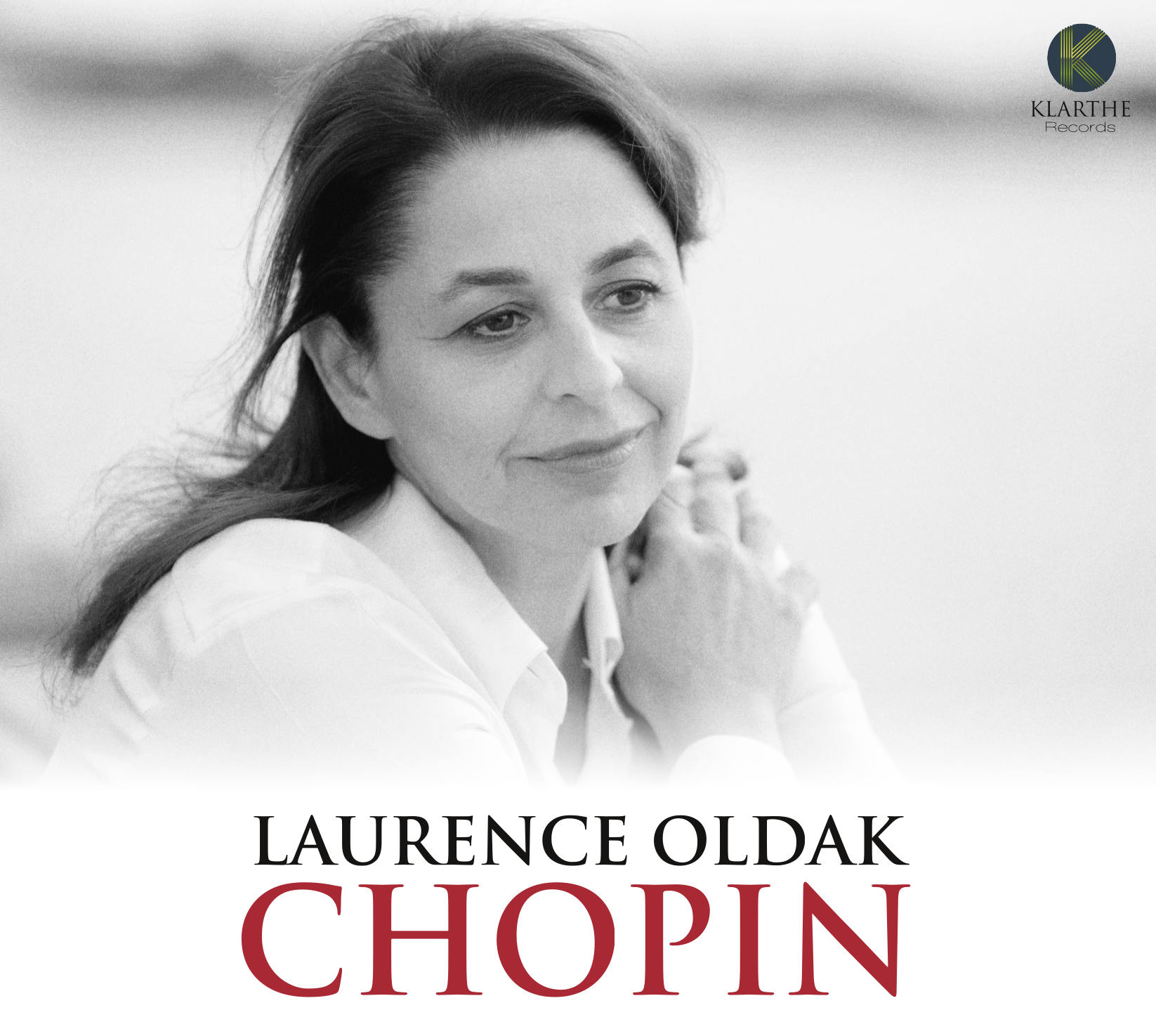
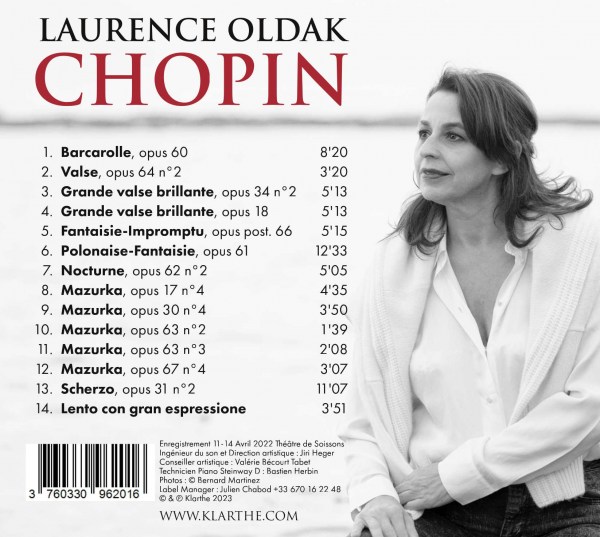


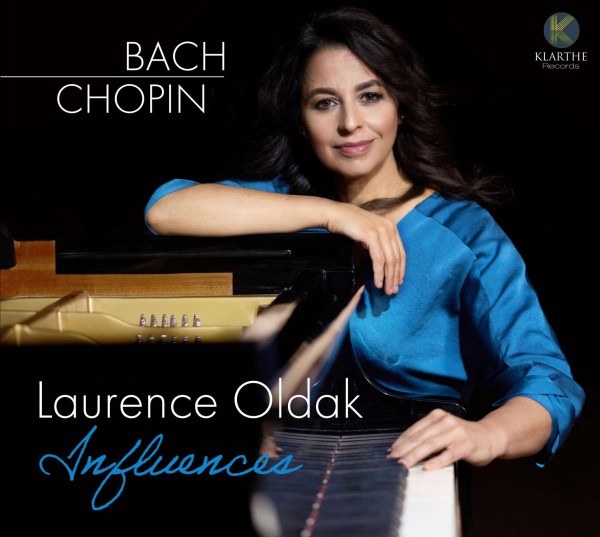 Influences
Influences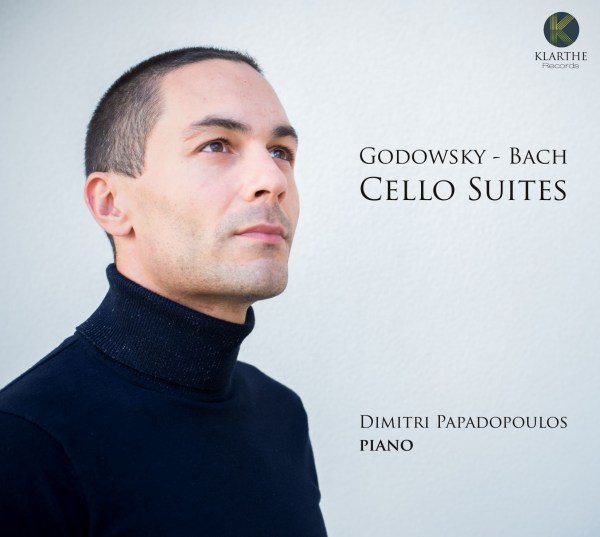 Godowsky/Bach - Cello Suites
Godowsky/Bach - Cello Suites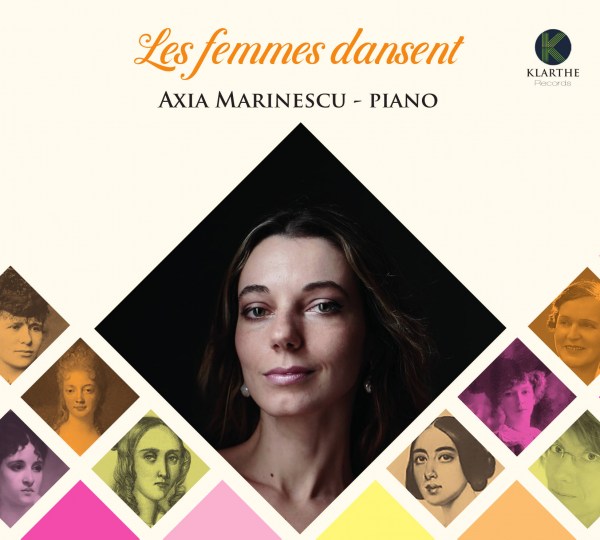 Les femmes dansent
Les femmes dansent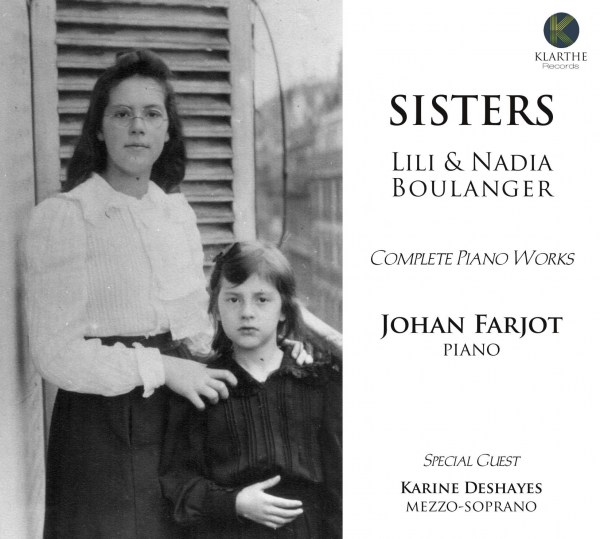 Sisters
Sisters Prisme
Prisme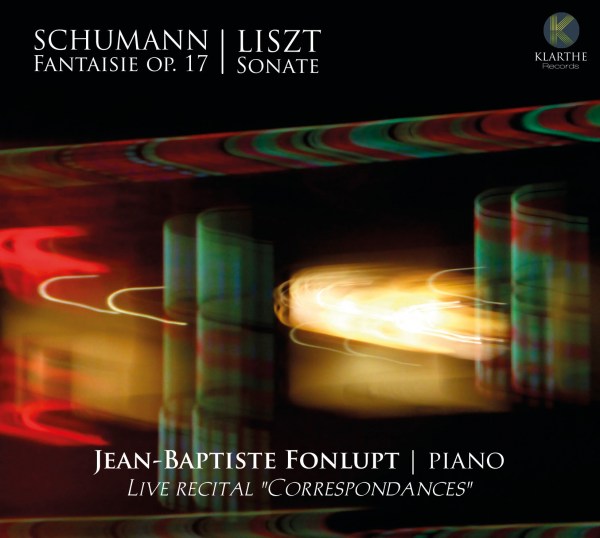 Live recital "Correspondances"
Live recital "Correspondances"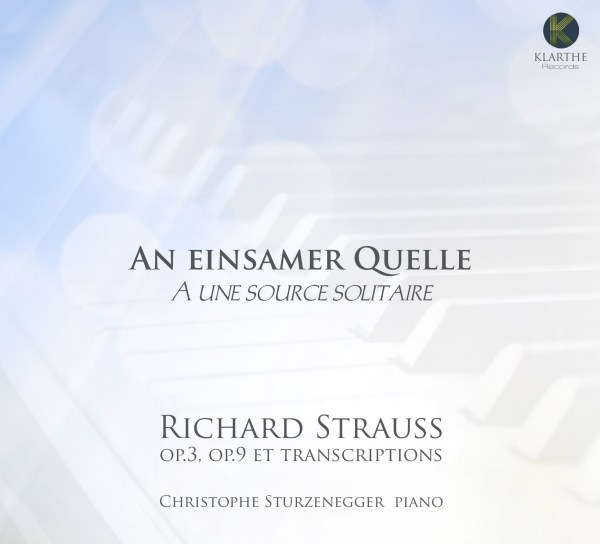 An Eisamer Quelle - A une source solitaire
An Eisamer Quelle - A une source solitaire